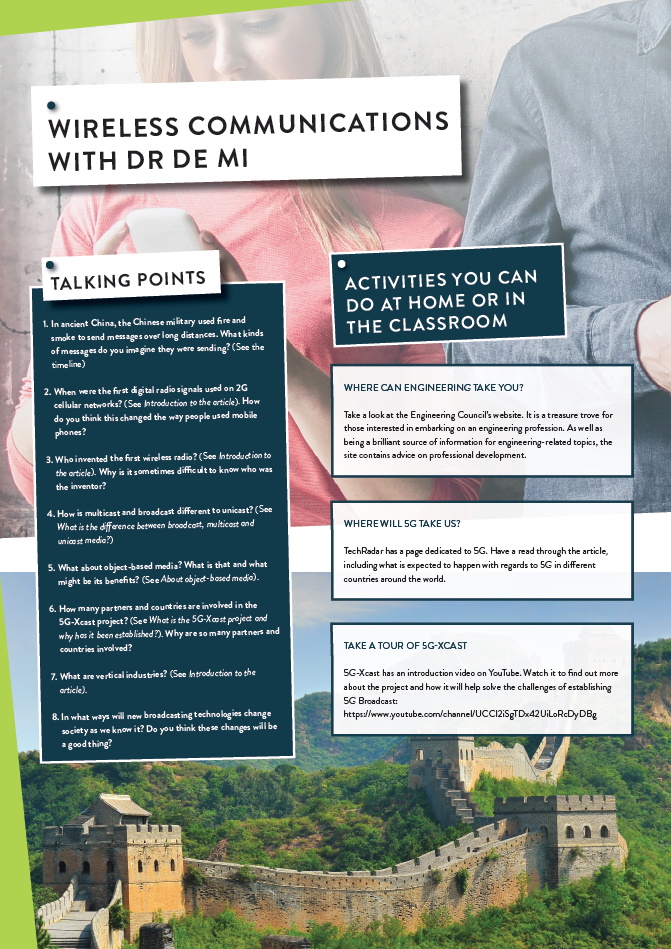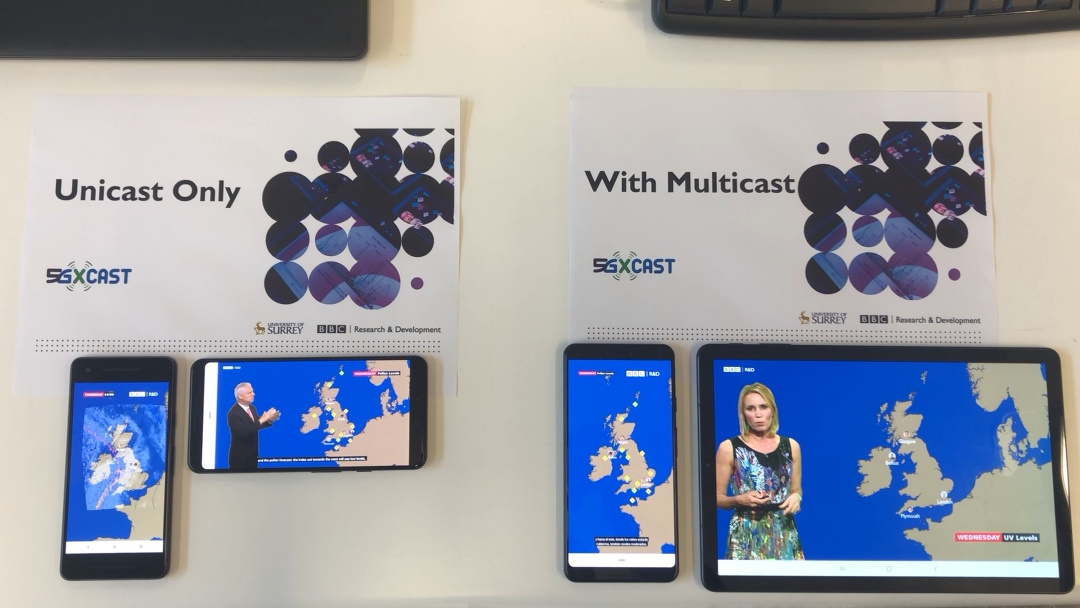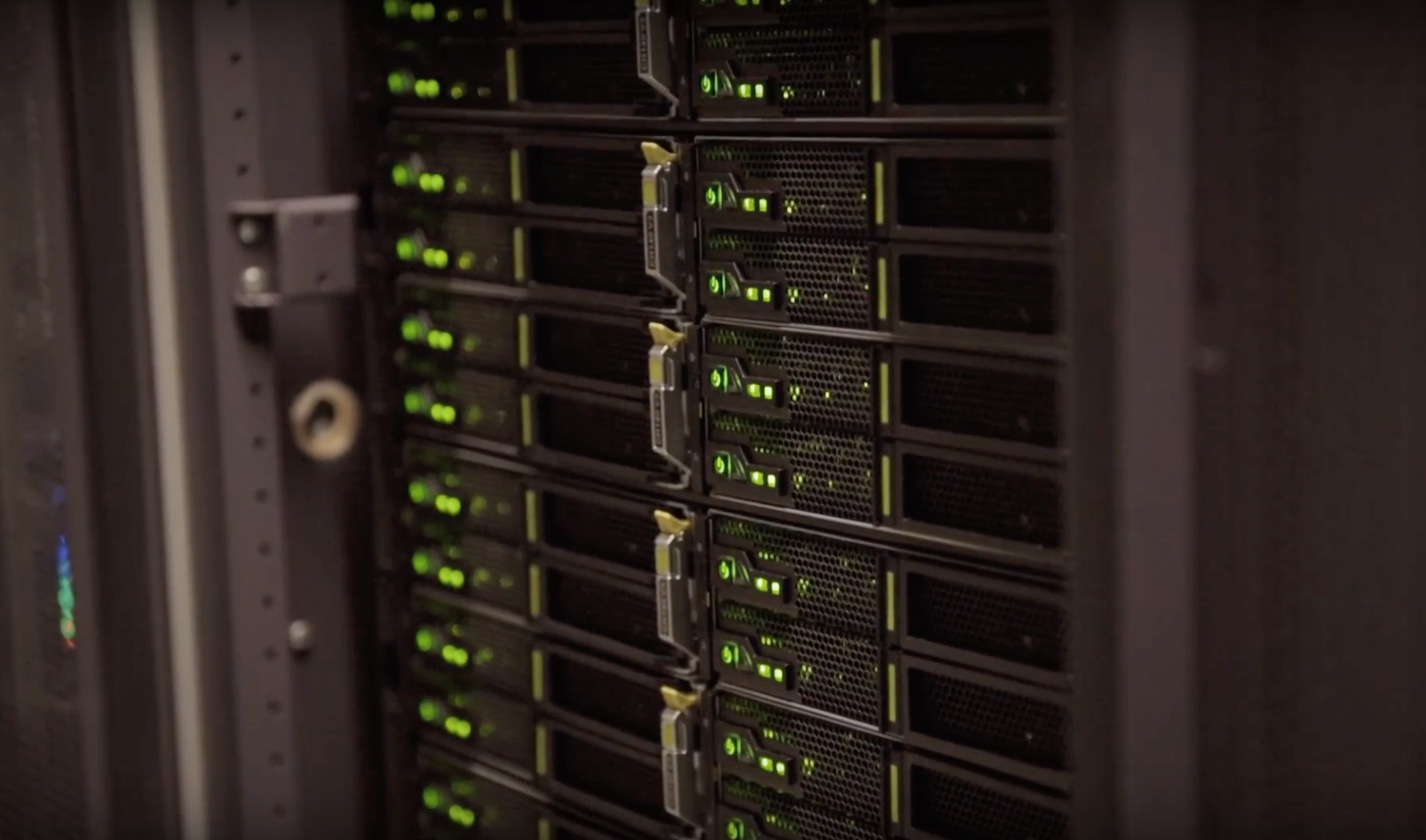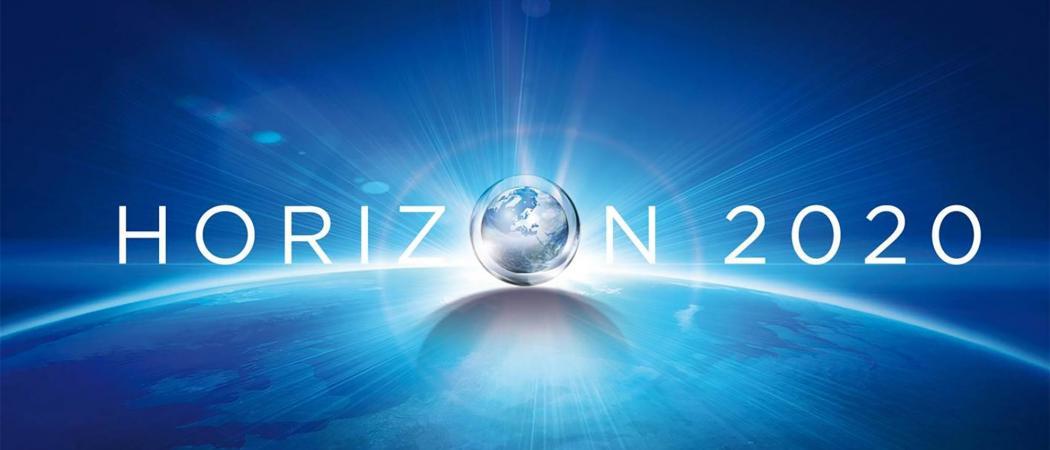Why a new era of broadcasting will change the world as we know it
It was Guglielmo who managed to build on the work of previous inventors like Tesla and develop the first long-distance wireless telegraph in 1895. By 1901, he had successfully broadcast the first transatlantic radio wave. Despite their genius, neither Nikola nor Guglielmo could have envisaged how far communications technology would develop over the next 130 years or so.
The first digital cellular radio signals were used commercially on 2G networks in 1991 and progressed to 4G in 2009. Now, scientists, researchers and companies around the world are working together to usher in the next generation of telecommunications – known as 5G, the fifth generation of cellular network technology. Dr De Mi is one such researcher.
Based at the University of Surrey, he is part of a team led by Professor Pei Xiao that is designing a dynamically adaptable 5G network architecture, which will meet the needs of advancing vertical industries. Media and entertainment, the transport industry, the Internet of Things and public warning systems are all examples of vertical industries – industries delivering a specific product or service to a specific consumer. Vertical industries are evolving at a fast pace and need sophisticated communication technologies to support their development.
One of the projects the University of Surrey team is working on is 5G-Xcast, which aims to develop broadcast and multicast communication enablers for 5G. The project’s outcomes will have a dramatic effect on society, transforming the way individuals interact with media content and each other.
WHAT IS THE DIFFERENCE BETWEEN BROADCAST, MULTICAST AND UNICAST DELIVERY MODES?
Unicast is a means of communication from one point of a telecommunication network to another. This is generally from a sender to a receiver. In contrast, broadcast and multicast are both modes of point-to-multipoint (PTM), which means that one sender can transmit information to multiple receivers. Take live TV shows, for example. If you want to watch a live event such as the World Cup, Olympic Games or other momentous occasion, the chances are that thousands, if not millions, of other people will want to watch it at the same time. (According to the Radio Times, 13.1 million tuned into BBC One to watch Meghan Markle and Prince Harry leave St George’s Chapel on their wedding day.)
With a unicast approach, the information is transmitted once for each individual home. However, with a multicast approach, the information is transmitted once and then duplicated within the network until all of the individual users who are interested in the content receive it (think of subscription TV services).
Broadcast is similar to multicast except that all households receive the information, not just the users who expressed an interest in receiving it. Multicast and broadcast make the entire process of sharing the same information to multiple users more efficient and scalable.
WHAT IS THE 5G-XCAST PROJECT AND WHY HAS IT BEEN ESTABLISHED?
5G-Xcast is a 5G Infrastructure Public Private Partnership (5G-PPP) project involving 18 academic and industrial partners from nine countries across Europe. One of the project’s main ambitions is to meet the future demands of immersive media such as ultra-high definition television, virtual and augmented reality and 360° visual media. 5G audio-visual media services such as these will generate extraordinarily huge volumes of data traffic on networks that are unevenly distributed over time and geographical areas.
The quality of the media user experience depends on sustained minimum data rates and low latencies (i.e. the amount of delay – or time – it takes to send information from one point to the next), no matter how many individuals are accessing the content. Consider, for example, live sporting events or unpredictable events such as breaking news. These events can cause large spikes in traffic, challenging the ability of today’s telecommunication networks to provide good quality media user experience.
The 5G-Xcast team seeks to solve this challenge by changing the way broadcasting delivers unconventionally large amounts of data to an infinite number of users; by designing a more efficient PTM system that uses fixed broadband, mobile broadband AND terrestrial broadcast networks. This means that users will be able to access content seamlessly and without interruption, even when they are on the move.
WHAT EXPERTISE DOES THE UNIVERSITY OF SURREY BRING TO 5G-XCAST?
The 5G Innovation Centre (5GIC) is located in the University of Surrey and is the largest UK academic research centre dedicated to the development of the next generation of mobile and wireless communications. 5GIC comprises scientists and industry partners who are working together to define and develop the 5G infrastructure that will underpin the way we communicate, work and live our lives in the future.
“The 5GIC has been set up to drive the delivery of a mobile communications and wireless connectivity capable of meeting the needs of tomorrow’s connected society and digital economy,” explains De. “Leveraging on our experience in 5G radio access networks and new radio prototypes, 5GIC is leading on 5G-Xcast’s development of the radio access network for the next generation of point-to-multipoint technology.”
This work, combined with the innovations of all of the 5G-Xcast partners, will help usher in broadcast and multicast PTM transmissions in 5G, transforming the way we interact with the digital world. The societal impact will likely be as significant as that of radio broadcasting in the 1920s.
202 BC – In ancient China, more than 2,200 years ago, the Chinese military used smoke and fire signals to transmit messages over long distances. To do this, beacon towers were placed in strategic positions, such as along the Great Wall, and fires were built in these towers.
1830s – The first telegraph system sent pulses of electric current along wires to an electromagnet on the receiving end. This system was soon improved and developed into Morse Code.
1890s – Telephone lines were used to broadcast news, music and theatre into people’s homes, but this service was limited to the very wealthy.
1905 – Radio waves were experimentally used to broadcast music and news before becoming commercially available in the 1920s.
1936 – The BBC becomes the first broadcaster in the world to provide a television service.
1960s – Satellites are used to broadcast television and radio.
1990s – Digital signals start to replace analogue signals, paving the way for digital broadcasting.
2004 – The Third Generation Partnership Project (3GPP) brings Multicast Broadcast Multicast Services (MBMS) to 2G and 3G.
2009 – Evolved MBMS (eMBMS) becomes standard in 4G Long Term Evolution (LTE) to meet an increasing interest in mobile TV broadcasting and live streaming services.
Reference
https://doi.org/10.33424/FUTURUM37
It was Guglielmo who managed to build on the work of previous inventors like Tesla and develop the first long-distance wireless telegraph in 1895. By 1901, he had successfully broadcast the first transatlantic radio wave. Despite their genius, neither Nikola nor Guglielmo could have envisaged how far communications technology would develop over the next 130 years or so.
The first digital cellular radio signals were used commercially on 2G networks in 1991 and progressed to 4G in 2009. Now, scientists, researchers and companies around the world are working together to usher in the next generation of telecommunications – known as 5G, the fifth generation of cellular network technology. Dr De Mi is one such researcher.
Based at the University of Surrey, he is part of a team led by Professor Pei Xiao that is designing a dynamically adaptable 5G network architecture, which will meet the needs of advancing vertical industries. Media and entertainment, the transport industry, the Internet of Things and public warning systems are all examples of vertical industries – industries delivering a specific product or service to a specific consumer. Vertical industries are evolving at a fast pace and need sophisticated communication technologies to support their development.
One of the projects the University of Surrey team is working on is 5G-Xcast, which aims to develop broadcast and multicast communication enablers for 5G. The project’s outcomes will have a dramatic effect on society, transforming the way individuals interact with media content and each other.
WHAT IS THE DIFFERENCE BETWEEN BROADCAST, MULTICAST AND UNICAST DELIVERY MODES?
Unicast is a means of communication from one point of a telecommunication network to another. This is generally from a sender to a receiver. In contrast, broadcast and multicast are both modes of point-to-multipoint (PTM), which means that one sender can transmit information to multiple receivers. Take live TV shows, for example. If you want to watch a live event such as the World Cup, Olympic Games or other momentous occasion, the chances are that thousands, if not millions, of other people will want to watch it at the same time. (According to the Radio Times, 13.1 million tuned into BBC One to watch Meghan Markle and Prince Harry leave St George’s Chapel on their wedding day.)
With a unicast approach, the information is transmitted once for each individual home. However, with a multicast approach, the information is transmitted once and then duplicated within the network until all of the individual users who are interested in the content receive it (think of subscription TV services).
Broadcast is similar to multicast except that all households receive the information, not just the users who expressed an interest in receiving it. Multicast and broadcast make the entire process of sharing the same information to multiple users more efficient and scalable.
WHAT IS THE 5G-XCAST PROJECT AND WHY HAS IT BEEN ESTABLISHED?
5G-Xcast is a 5G Infrastructure Public Private Partnership (5G-PPP) project involving 18 academic and industrial partners from nine countries across Europe. One of the project’s main ambitions is to meet the future demands of immersive media such as ultra-high definition television, virtual and augmented reality and 360° visual media. 5G audio-visual media services such as these will generate extraordinarily huge volumes of data traffic on networks that are unevenly distributed over time and geographical areas.
The quality of the media user experience depends on sustained minimum data rates and low latencies (i.e. the amount of delay – or time – it takes to send information from one point to the next), no matter how many individuals are accessing the content. Consider, for example, live sporting events or unpredictable events such as breaking news. These events can cause large spikes in traffic, challenging the ability of today’s telecommunication networks to provide good quality media user experience.
The 5G-Xcast team seeks to solve this challenge by changing the way broadcasting delivers unconventionally large amounts of data to an infinite number of users; by designing a more efficient PTM system that uses fixed broadband, mobile broadband AND terrestrial broadcast networks. This means that users will be able to access content seamlessly and without interruption, even when they are on the move.
WHAT EXPERTISE DOES THE UNIVERSITY OF SURREY BRING TO 5G-XCAST?
The 5G Innovation Centre (5GIC) is located in the University of Surrey and is the largest UK academic research centre dedicated to the development of the next generation of mobile and wireless communications. 5GIC comprises scientists and industry partners who are working together to define and develop the 5G infrastructure that will underpin the way we communicate, work and live our lives in the future.
“The 5GIC has been set up to drive the delivery of a mobile communications and wireless connectivity capable of meeting the needs of tomorrow’s connected society and digital economy,” explains De. “Leveraging on our experience in 5G radio access networks and new radio prototypes, 5GIC is leading on 5G-Xcast’s development of the radio access network for the next generation of point-to-multipoint technology.”
This work, combined with the innovations of all of the 5G-Xcast partners, will help usher in broadcast and multicast PTM transmissions in 5G, transforming the way we interact with the digital world. The societal impact will likely be as significant as that of radio broadcasting in the 1920s.
202 BC – In ancient China, more than 2,200 years ago, the Chinese military used smoke and fire signals to transmit messages over long distances. To do this, beacon towers were placed in strategic positions, such as along the Great Wall, and fires were built in these towers.
1830s – The first telegraph system sent pulses of electric current along wires to an electromagnet on the receiving end. This system was soon improved and developed into Morse Code.
1890s – Telephone lines were used to broadcast news, music and theatre into people’s homes, but this service was limited to the very wealthy.
1905 – Radio waves were experimentally used to broadcast music and news before becoming commercially available in the 1920s.
1936 – The BBC becomes the first broadcaster in the world to provide a television service.
1960s – Satellites are used to broadcast television and radio.
1990s – Digital signals start to replace analogue signals, paving the way for digital broadcasting.
2004 – The Third Generation Partnership Project (3GPP) brings Multicast Broadcast Multicast Services (MBMS) to 2G and 3G.
2009 – Evolved MBMS (eMBMS) becomes standard in 4G Long Term Evolution (LTE) to meet an increasing interest in mobile TV broadcasting and live streaming services.
The way we consume media content is drastically changing. Whether users are watching their ultra HD TVs at home or looking at their smartphones on the train, consuming content on varying devices in different environments poses a significant challenge for content providers. For example, viewing a live tennis match on a smartphone at a bus stop may not offer the same, optimal viewing experience as a large screen at home.
The BBC has been working on object-based media (OBM), which offers a possible solution to this challenge. OBM enables the content of programmes to change according to the requirements of each individual user. The “objects” refer to the various assets that are used to make a piece of content. There are large objects such as the audio and video used for a scene in a drama series, and small objects, like an individual frame from a video, a caption or an icon of one of your friends.
By breaking down a piece of media content into separate objects, attaching meaning to them, and describing how they can be rearranged, a programme can be changed according to the context of an individual viewer. For example, imagine being able to replace a speaking presenter with a sign language one, having a personalised radio channel that only plays the music you love, or being able to explore the backstory of your favourite characters on TV.
There is still much work to be done to make OBM a reality, but BBC R&D and 5GIC have demonstrated OBM’s possibilities on a 5G testbed at the University of Surrey. They have shown that by combining PTM (to deliver popular and/or bandwidth-heavy objects such as video content) and unicast (to deliver personalised assets such as icons of users’ friends) it is possible to have a seamless user experience at a reduced network load.
5G came into general use in late 2018. Countries around the world, from the UK to the US, China, Japan and Qatar are starting to roll it out and it is expected to have an even greater impact on global society than today’s internet and mobile networks.
5G improves digital technologies and will boost economic and social processes. As such, new business models will be created – not just in the mobile industry, but across multiple industrial sectors. Therefore, the career opportunities within 5G extend beyond telecommunications into 5G-enabled industries and any area where 5G technology is applied. It is almost impossible to predict where career opportunities will be located in the future, but because the reach of the technology is broad, it follows that the opportunities within the technology will also be broad. It is reasonable to expect there will be new jobs in new areas that have not been created yet. It is a dynamic and exciting field to become involved in.
• With a degree in electronic and communications engineering, you can work in a broad range of industries, including IT, telecommunications, aerospace, energy and automotive.
• Starting salaries for communications engineers at a graduate or trainee level range from £22,000 to £28,000, but with experience, can rise to £35,000 to £55,000.
• The introduction of 5G will increase demand for specialists in the area of electronic and information engineering. One option after graduating is to work towards gaining incorporated (IEng) or chartered (CEng) engineer status, which is awarded by the Engineering Council. This could boost earning potential and career potential.
WHAT DID YOU WANT TO BE WHEN YOU WERE YOUNGER?
When I was little, my dream was to become a swordsman – similar to knights who feature in Chinese novels. When I realised that I might not be that good at kung fu or swordsmanship, but wanted to make a contribution to society, my dream changed to wanting to be an automotive design engineer. I wanted to invent a car that could be personalised and restructured to meet different scenarios.
WHO OR WHAT INSPIRED YOU TO STUDY FOR A B.ENG. DEGREE IN INFORMATION ENGINEERING?
There are two main reasons that drove me to study information engineering at the Beijing Institute of Technology (BIT). One is that it was around the time that digital transformation and digitalisation was taking off in China and I still remember how thrilled I was to have my very first# phone when I was in high school. It was a Symbian smartphone, but I wondered if it could be smarter and this question led me to think about studying information engineering.
The second reason is that majoring in information engineering is challenging and it is one of the leading courses at BIT. I learned this soon after graduating from high school and I was very excited to begin my journey in this field. The subject still holds a strong, long-term interest for me, from my MSc at Imperial College London through to my PhD at the University of Surrey.
YOU QUALIFIED FROM BIT IN 2011. DID YOU EVER IMAGINE, AT THAT TIME, A WORLD OF IMMERSIVE MEDIA AND VERTICAL INDUSTRIES?
During my time at BIT (2007-2011) and Imperial (2011-2012), I had no idea about the concept of immersive media and vertical industries, but began to notice a transformation that was driven by information and communication technologies in media and entertainment. I started to learn more about these technologies and ideas after becoming involved in 5G-related projects during my PhD at the University of Surrey. I suppose my previous focus was on technological innovations, while my current focus has moved on to the technological impact.
WHAT EXCITES YOU MOST ABOUT THE FUTURE OF 5G?
A software-based, logical network, which has programmable functionalities that can be used through common infrastructure, fulfils the changing requirements of vertical industries and enables the deployment of new services.
Then there are the new vertical industries and service types that we could not anticipate with the previous Gs, such as live streaming and online gaming that uses augmented reality, autonomous vehicles, remote surgery using robotics, and so on…
WHAT DO YOU WANT IMMERSIVE MEDIA TO BE ABLE TO DO?
I want it to be personalised, in that it knows and understands the requirements of individuals and changes the media experience accordingly. I want it to be adaptive, by recognising the device being used and adapting to it to give the best experience in real-time, regardless of the manufacturer. I want it to be dynamic and responsive by responding to the needs of the audience in terms of length, depth of interest, location, preferences, lifestyle and age. And finally, I want it to be interactive, where the audience can select specific areas of content to focus on and in some instances create and upload their own associated content.
01 – Choose a subject that piques your interest. You might be studying and working in that subject for a long time, so it is important you select one that is important to you so you can keep your interest alive.
02 – There are many opportunities in 5G-related industries that do not require high-level qualifications, but I do encourage young people to pursue a degree before moving into this field.
03 – During the course of your studies, think about the bigger picture in terms of industries and related areas – this can help shape your innovation ideas and show you a path towards new sustainable business models
of cutting-edge research topics.
 DR DE MI
DR DE MI
Research Fellow, 5G Innovation Centre, University of Surrey, UK
FIELD OF RESEARCH: Wireless Communications
RESEARCH PROJECT: De leads the 5G-Xcast work package on the radio access network (RAN). Leveraging on state-of-the-art PTM RAN technologies and ongoing related work in different standardisation groups, including 3GPP RAN, this work package aims to provide a comprehensive and holistic 5G PTM RAN solution, which includes the radio interface, RAN architecture, radio access technology protocols and radio resource management.
FUNDER: Horizon 2020
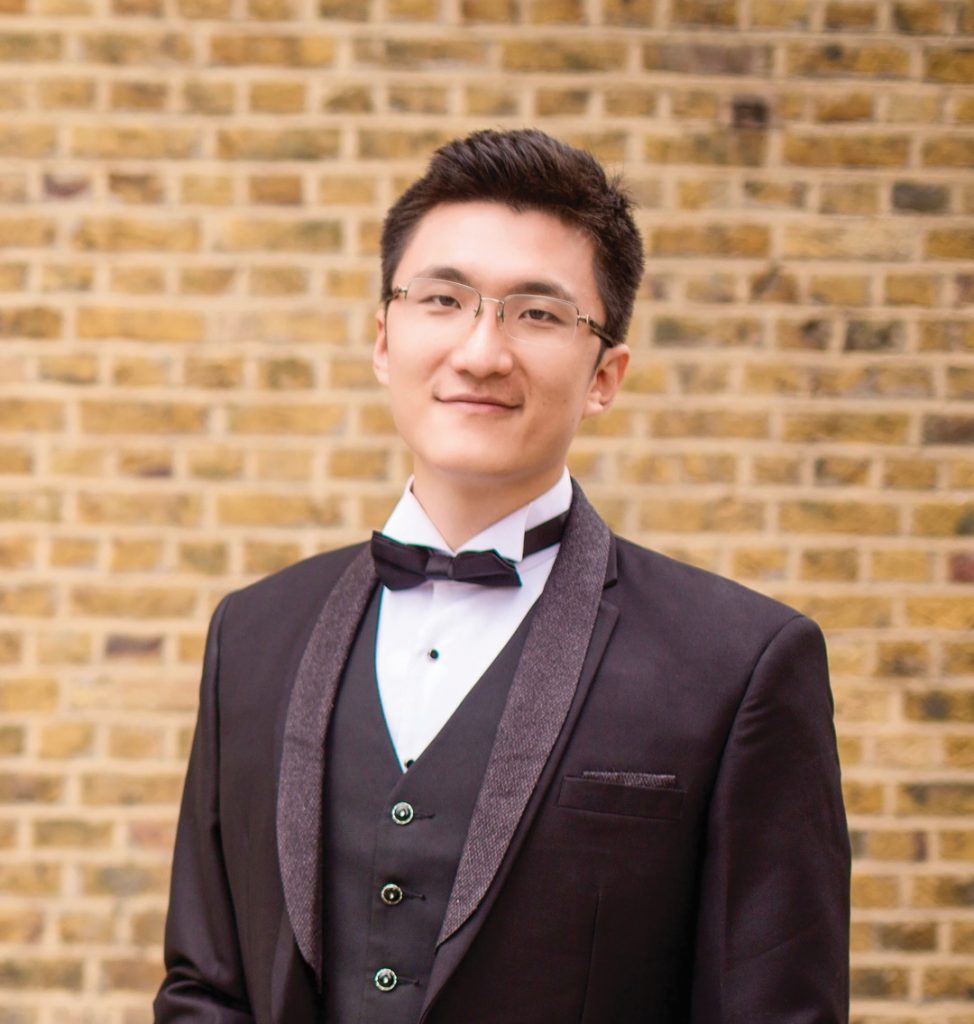 DR DE MI
DR DE MIResearch Fellow, 5G Innovation Centre, University of Surrey, UK
FIELD OF RESEARCH: Wireless Communications
RESEARCH PROJECT: De leads the 5G-Xcast work package on the radio access network (RAN). Leveraging on state-of-the-art PTM RAN technologies and ongoing related work in different standardisation groups including 3GPP RAN, this work package aims to provide a comprehensive and holistic 5G PTM RAN solution, which includes the radio interface, RAN architecture, radio access technology protocols and radio resource management.
FUNDERS: Horizon 2020


